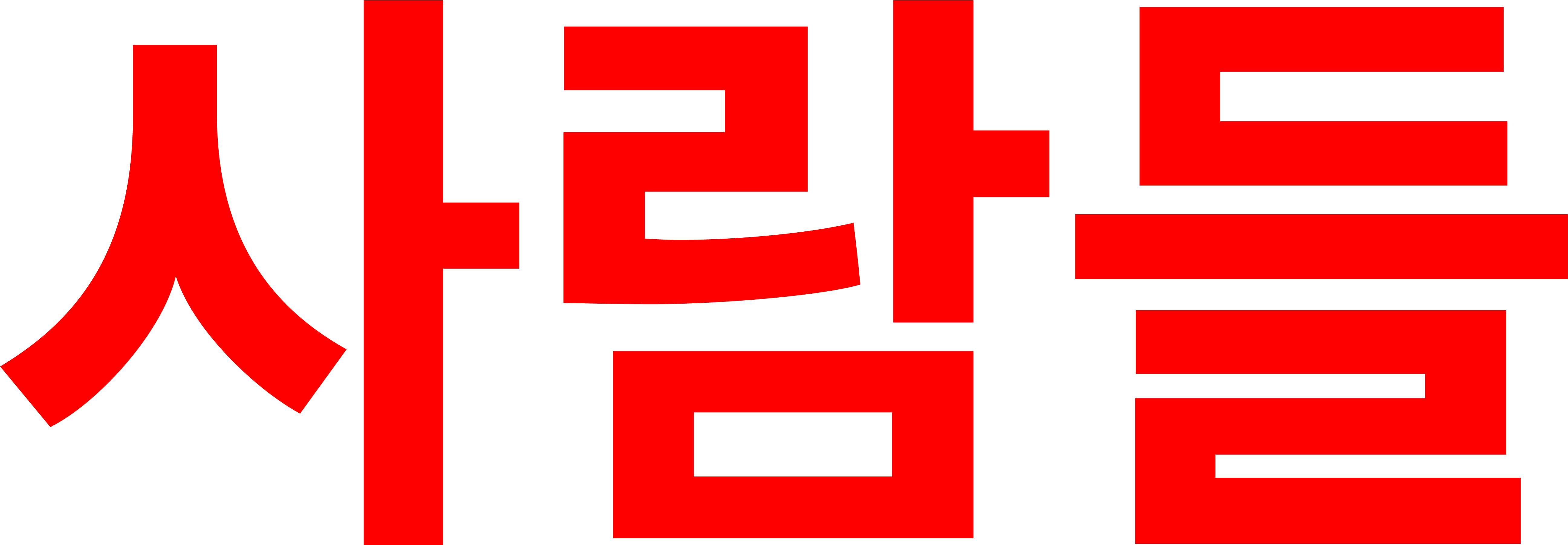(↑) View from the top of the Tower of the Juche Idea in Pyongyang. The North Korean capital stretches out beneath you as a pastel-coloured panorama, a rolling field of tower blocks painted in terracotta and yellow ochre, turquoise and baby blue – a distinctive colour palette that recurs throughout the country’s architecture and interiors. #Oliver Wainwright
(↑) The recently renovated support rooms of the Rungrado May Day Stadium embody the essence of the current North Korean interior aesthetic, with their complementary colour schemes and synthetic, wipe-clean surfaces. Built in 1989 and used for the Mass Games performances for years, the stadium reopened in 2015 with a new football pitch and running track, as well as the optimistic addition of the FIFA and Olympic logos. #Oliver Wainwright
(↑) Cylindrical apartment towers for the Pyongyang elite line down the 4km- long avenue of Kwangbok Street, a ceremonial boulevard built for the 1989 World Festival of Youth and Students. As Kim Jong Il wrote approvingly: “In the formation of Kwangbok Street, a large variety of shapes, such as cylinders, windmills, polygons, the letter S and steps, were adopted for apartment blocks. […] The arrangement of buildings on straight lines along the main street is an outmoded method.” #Oliver Wainwright
(↑) The Changgwang Health and Recreation Complex was the city’s flagship health centre when it opened in 1980. Covering an area of almost 40,000 square metres, it contains a sauna, bathhouse, swimming pools and hair salons – where customers can choose from a range of officially sanctioned haircuts. In a futuristic touch, the diving boards are reached by a mechanical elevator in a shaft faced with smoked glass. #Oliver Wainwright
(↑) The planetarium forms part of the Three Revolutions Exhibition park, a grand expo campus built in 1992 to showcase the ideological, technological and cultural achievements of North Korea, from heavy industry and mining to agriculture and electronics. The Three Revolutions movement started in 1973, when Party activists went around the country campaigning “to raise the ideological level of the people, equip the economy with modern techniques and to lift the people’s technological and cultural level.” #Oliver Wainwright
(↑) Begun in 1987 but still unopened, the Ryugyong Hotel was intended to house 3,000 bedrooms and five revolving restaurants. It stood on the Pyongyang skyline for years as a concrete carcass, nicknamed the “hotel of doom”, but was finally clad with mirrored glass in 2012 as part of a deal with an Egyptian telecoms company. #Oliver Wainwright
(↑) The breakfast buffet in the Koryo Hotel could be straight from a Wes Anderson film set. Built in 1985 as the main hotel for visiting foreigners, its twin 45-storey towers, connected by a bridge, are an iconic presence on the Pyongyang skyline. With a total of 500 rooms, the hotel also has a bookshop, movie room and banquet rooms, as well as a casino and “wading pool” in the basement. Both towers are crowned with revolving restaurants, although one is off limits as it overlooks a residential area of the Pyongyang elite. #Oliver Wainwright
(↑) Changgwang Health and Recreation Complex. #Oliver Wainwright
(↑) The Arch of Triumph (modelled on the Arc de Triomphe in Paris, but reputedly 10 metres taller because of its great triple-decker stack of rooftops) is built from 25,550 blocks of white granite, representing the number of days of Kim Il Sung’s life on his 70th birthday, when the structure was unveiled in 1982. It was built on the site where Kim Il Sung entered Pyongyang in 1945 to be greeted by cheering Koreans, marking the end of the Japanese occupation and the beginning of socialism. #Oliver Wainwright
(↑) North Korean performers pause before singing at the Pyongyang indoor gymnasium to commemorate late president Kim Il Sung's 100th birthday in Pyongyang, on April 16, 2012. # AP Photo/Vincent Yu
(↑) Soldiers march past the podium during a military parade to celebrate the centenary of the birth of Kim Il Sung in Pyongyang, on April 15, 2012. #Reuters/Stringer
(↑) North Korean soldiers attend an official ceremony at the Kim Il Sung stadium in Pyongyang, on April 14, 2012. #Ed Jones/AFP/Getty Images
(↑) Thousands of North Koreans participate in a mass dance performance in Kim Il Sung Square to commemorate 100 years since the birth of the late leader Kim Il Sung, in Pyongyang, on April 16, 2012. #AP Photo/David Guttenfelder
(↑) A North Korean woman weeps while singing a song about North Korean leader Kim Jong Un at the end of a mass dance performance in Kim Il Sung Square in Pyongyang, on April 16, 2012. #AP Photo/David Guttenfelder
(↑) Pyongyang's Juche Tower before a fireworks display in Pyongyang on April 15, 2012. The tower rises 170 meters (560 ft) above the River Taedong. #Ed Jones/AFP/Getty Images
(↑) North Korean soldiers stand in formation during a military parade in honor of the 100th birthday of Kim Il Sung in Pyongyang, on April 15, 2012. #Ed Jones/AFP/Getty Images
(↑) Soldiers march in formation during a military parade in Pyongyang, on April 15, 2012. #Ed Jones/AFP/Getty Images
(↑) North Korean scientists work as a screen shows the Unha-3 (Milky Way 3) rocket on a launch pad at the West Sea Satellite Launch Site, on April 11, 2012. The rocket was launched shortly after, despite international condemnation -- and broke apart on its ascent. As a result of the launch, the United States canceled a proposed food aid deal with the North Koreans. #Reuters/Bobby Yip
(↑) North Korean students ride down a water slide into a swimming pool at Kim Il Sung University in Pyongyang, on April 11, 2012. #Pedro Ugarte/AFP/Getty Images
(↑) Residential blocks in Pyongyang, on April 12, 2012. #Reuters/Bobby Yip
(↑) A traffic warden is seen from the window of a bus as he stands on an empty street before the Ryugyong Hotel in Pyongyang, on April 12, 2012. #Ed Jones/AFP/Getty Images
(↑) The 105-story Ryugyong Hotel, the tallest building in North Korea, towers above Pyongyang, on April 11, 2012. The hotel has been under construction (with numerous lengthy delays) since 1987. Parts of the pyramid are scheduled to open to the public as part of the centenary of Kim Il Sung's birth. #Reuters/Bobby Yip
(↑) A woman sits inside a booth on a street in Pyongyang, North Korea, on April 9, 2012. #AP Photo/Ng Han Guan
(↑) North Korean leader Kim Jong Un (center) attends the unveiling ceremony of two statues of former leaders Kim Il-Sung and Kim Jong-Il in Pyongyang, on April 13, 2012. #Pedro Ugarte/AFP/Getty Images
(↑) A conductor waits for a train at Puhung subway station in Pyongyang, on April 14, 2012. Pyongyang's metro network was opened between 1969 and 1972 by former President Kim Il Sung, and is supposedly the deepest in the world with its track some 110 meters underground. #Ed Jones/AFP/Getty Images
(↑) North Koreans walking on the street are framed by the windows of a bus in Pyongyang, on April 16, 2012. #AP Photo/Ng Han Guan
Reference
Philippe Chancel. "DPRK1" & "DPRK2". http://www.philippechancel.com/
Cristiano Bianchi and Kristina Drapic."Model City: Pyongyang" https://www.washingtonpost.com/entertainment/books/a-rare-glimpse-of-north-korea/2019/12/04/7a13cff8-0b99-11ea-bd9d-c628fd48b3a0_story.html
Dave Kulesza. "DPRK: North Korea In Color". https://www.davekulesza.com/
Miss Rosen. "A look inside North Korea’s ‘socialist fairyland’Behind the curtain"https://www.huckmag.com/art-and-culture/photography-2/in-north-korea/
Oliver Wainwright. "Inside North Korea"







